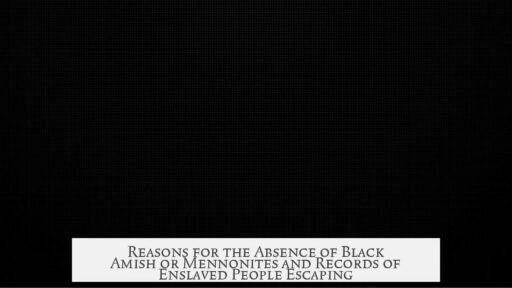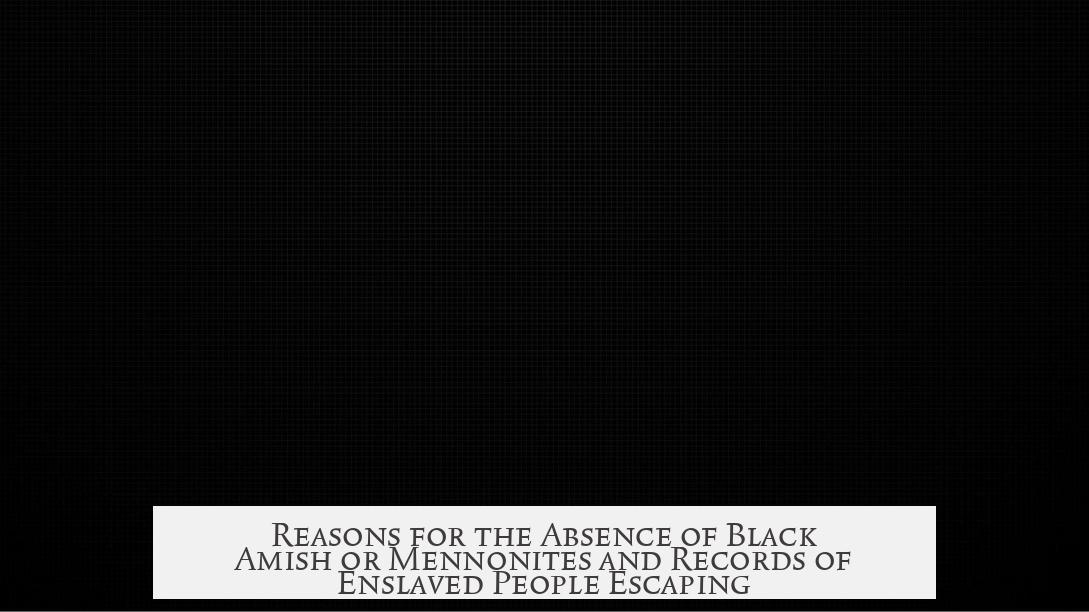There are no Black Amish or “Horse and Buggy Mennonites” largely due to the strong insularity of these communities. While Black Mennonites do exist, including those baptized since 1897 within Mennonite Church USA and Black Mennonite churches such as Seventh Avenue Mennonite Church in Harlem, the more conservative Amish and Old Order Mennonites remain almost exclusively white. This occurs because these groups do not actively seek converts, rarely accept outsiders, and maintain marriage within longstanding family lines.
Mennonites and Amish share roots as Anabaptist denominations, originating in the radical Reformation era of Europe. Their key doctrinal positions include baptism only of adults and a pacifist theology, which historically led to avoidance of warfare. Mennonites as a whole form a broad umbrella, ranging from modern congregations integrated into mainstream culture to deeply traditional communities known as “Horse and Buggy Mennonites.”
Most Mennonite churches actively evangelize and have diversified membership. For example:
- The Mennonite Church USA is large, including about 500 congregations nationwide.
- It encompasses Black Mennonite churches with members sharing Anabaptist beliefs.
In sharp contrast, Amish and Old Order Mennonite groups live isolated lives. Their insularity includes:
- Strong emphasis on community continuity through intermarriage.
- Avoidance of outsiders and converting individuals is rare.
- Preservation of traditional worship, dress, and lifestyle.
This insularity produces distinctive cultural and genetic continuity, leaving little room for racial or ethnic diversity, hence no Black Amish or Horse and Buggy Mennonite members.
Regarding whether enslaved people escaped to Amish communities, there is little documented evidence. Amish communities’ pacifist stance and rural isolation might have limited their involvement in offering refuge to fleeing enslaved individuals. Historical records on this matter remain scarce or inconclusive, requiring further scholarly research.
| Aspect | Mennonite Church USA | Amish / Old Order Mennonites |
|---|---|---|
| Ethnic Diversity | Includes Black Mennonites | Almost exclusively white |
| Evangelism | Active | Rare |
| Community Openness | More open to outsiders | Highly insular |
| Marriage Practices | Generally open | Endogamous – within community |
- Black Mennonites exist, especially in assimilated congregations.
- Amish and Horse and Buggy Mennonite groups remain racially homogeneous due to insularity.
- They rarely accept converts or outsiders.
- There is no clear historical record of enslaved people escaping specifically to Amish communities.
- The lack of diversity results from centuries of cultural preservation and endogamy.




